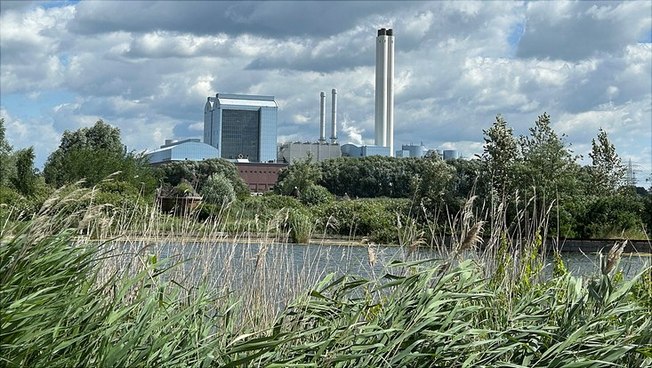Biodiversity is Disappearing More Rapidly Than Previously Assumed
7 August 2019, by Universität Hamburg

Photo: Boudewijn Huysmans on Unsplash
The destruction of important habitats for plants and animals around the globe is progressing even faster and at a greater scale than previously assumed: These are the findings of a new study by an international team, which included scientists from Universität Hamburg. The researchers have made forecasts for 33 species-rich but especially endangered regions around the globe – i.e., “biodiversity hotspots.”
“Taken together, the hotspots account for just 2.5 percent of the Earth’s surface area, but over 50 percent of our planet’s plant and animal species can be found in them,” explains Livia Rasche from the Center for Earth System Research and Sustainability (CEN) at Universität Hamburg, the study’s main author. Rasche et al. investigated, for the first time, the impact of the two most important factors: agriculture and climate change. Their findings have now been published in the journal “Conservation Letters.”
“Our study shows that in the next 30 years, the increase in the area of land used for agriculture will have serious consequences, since it will directly destroy natural habitats,” Rasche explains. As a result, between 9 and 13 of the 33 hotspots will lose all of their native, untouched vegetation. In contrast, more than half of the area will be significantly affected by climate change in only 2 to 6 of the hotspots. As such, the impacts of climate change on biodiversity will be more gradual, whereas agriculture is bound to produce immediate, major damage.
“Areas especially at risk include parts of the Philippines, the Caribbean islands, Madagascar, tropical Africa and the Amazonian rainforest, which are home to particularly high numbers of plant species. In these areas, the population is growing dramatically and requires more and more land for agriculture,” says Prof. Jan Christian Habel from the University of Salzburg, the study’s other main author. At the same time, only a few species-rich areas are protected by nature conservation.
The findings also show that precisely those hotspots that already have little intact flora are now particularly under pressure. “In at least 9 hotspots, all the native species are at risk of extinction,” reports Rasche. “The situation is far more serious than previously assumed, and protection measures are urgently needed,” concludes Habel. This means that governments around the globe must commit to sustainable land management. “This needs to be implemented in a way that takes into account the needs of human beings, as well as climate change and biological diversity,” adds Rasche.
Original article:
Habel J C, Rasche L, Schneider U A, Engler J O, Schmid E, Rödder D, Meyer S T, Trapp N, Sos del Diego R, Eggermont H, Lens L, Stork N E (2019): Final countdown for biodiversity hotspots, Conservation Letters, https://doi.org/10.1111/conl.12668
World map available for download: http://uhh.de/cen-hotspots
Map of the world’s biodiversity hotspots: The map shows the projected effects of climate change and agriculture on the hotspots through 2050. The areas in red – e.g. the Philippines, Madagascar and the Caribbean Islands – are particularly at risk. Hotspots in blue are not at risk, or only minimally at risk.
Download Imagery

Particularly endangered areas include habitats in tropical Africa and the Amazonian rainforest, which are home to especially large numbers of native plant species.
Photo: Boudewijn Huysmans on Unsplash


